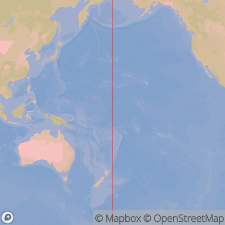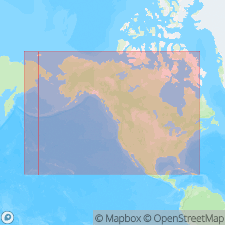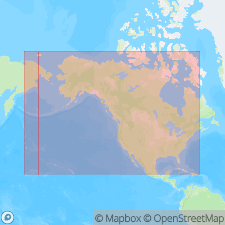
- Usage in publication:
-
- Rhaetian Stage†
- Modifications:
-
- Abandoned
Summary:
Abandoned as a stage term. Lower beds of Rhaetian at its stratotype are of unknown age in terms of ammonoids and, as a result, Rhaetian is controversial as world standard term. Upper Norian preferred as the designation for interval between COLUMBIANUS Zone and the Jurassic. Use of Rhaetian for this interval would entail placement of CORDILLERANUS and AMOENUM Zones from Norian into Rhaetian worldwide. Suggested alternate would be to rank Rhaetian as a substage of the Norian.
Source: GNU records (USGS DDS-6; Denver GNULEX).

- Usage in publication:
-
- Rhaetian Stage
- Modifications:
-
- Overview
Ager, D., 1987, A defense of the Rhaetian Stage: Albertiana, v. 6, p. 4-13.
Summary:
History of usage summarized. Nomenclature chart. Author believes that: 1) brachiopod and bivalve fossils are distinctive in the Rhaetian, even though ammonites were not; 2) length of time--perhaps 1 m.y.--represented by Rhaetian not a valid reason for including Rhaetian in Norian; 3) replacement of term Rhaetian by upper Norian will make earlier literature on Upper Norian--or an older Upper Norian--very confusing; 4) representation of only one ammonite zone, CHORISTOCERAS CRICKMAYI in North America and C. MARSHI in Europe, not a reason for abandonment of Rhaetian. The stage is represented in New Zealand by 1,000 m of strata. Alternate names for Rhaetian would be Sevatian, Otapirian, Bavarian, Upper Norian. Author favors continued use of Rhaetian.
Source: GNU records (USGS DDS-6; Denver GNULEX).

- Usage in publication:
-
- Rhaetian Stage
- Modifications:
-
- Biostratigraphic dating
Summary:
Revised definition and subdivision of the Rhaetian Stage is proposed based on ammonoids. Two ammonoid zones (each divisible into two subzones) are recognized. Ammonoid and conodont faunas are described and correlations discussed. Presence of the ammonoid Cochloceras indicates true Sevatian (Upper Norian) below the Rhaetian. Thus defined, the Norian-Rhaetian boundary is correlated with the lower part of the Koessen beds approximately between the Schwaebische and Karpatische Fazies. Base of the Koessen Formation is within the Upper Sevatian, and thus is not suitable as a chronostratigraphic boundary. Area of study in Austria.
Source: GNU records (USGS DDS-6; Denver GNULEX).
For more information, please contact Nancy Stamm, Geologic Names Committee Secretary.
Asterisk (*) indicates published by U.S. Geological Survey authors.
"No current usage" (†) implies that a name has been abandoned or has fallen into disuse. Former usage and, if known, replacement name given in parentheses ( ).
Slash (/) indicates name conflicts with nomenclatural guidelines (CSN, 1933; ACSN, 1961, 1970; NACSN, 1983, 2005, 2021). May be explained within brackets ([ ]).

